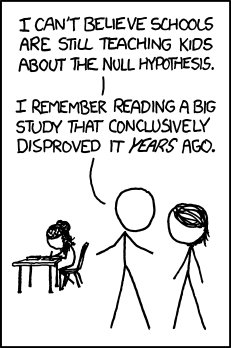I find there isn't much interest in data management, so I am curious: How important is data management to your evaluation studies, and why or why not?
My Response was:
In South Africa, the issue of data management has been consistently handled under what we call "data quality" or "information quality" specialization fields. It has become increasingly more visible at our evaluation conferences, and we are starting to develop a framework for the training and certification of information quality professionals.
Recently there was a Data Quality Conference in Pretoria, and my impression was that Data Management seems to be an IT function in the USA (with a push towards standards like ISO 8000). Here, In South Africa, it is often part of the M&E officer's job. It really is a grassroots concern - How to capture clinical data from paper records, how to make data available across clinics, how to reduce double counting, how to ensure that data collection tools are designed to enhance VRIPT (Validity, Reliability, Integrity, Precision and Timeliness), how to set up your Data Management System (Collection, Collation and Capturing, Reporting and Use) to ensure optimal quality and use.
Data Quality Assessments and Audits have become increasingly more pervasive - in especially the Health Sector (where District Health Information Systems need to produce all kinds of data for reporting on development initiatives, also to major donors like USAID) and the Education Sector (where the Educational Management Information System is used).
Some of my colleagues at FeedbackRA have recently done the "Information Quality Certified Professional" course. More info on this at: http://www.feedbackra.co.za/data-quality-qualifications/
A good book on the topic is titled "Data Quality Assessment" by Arkady Maydanchik











